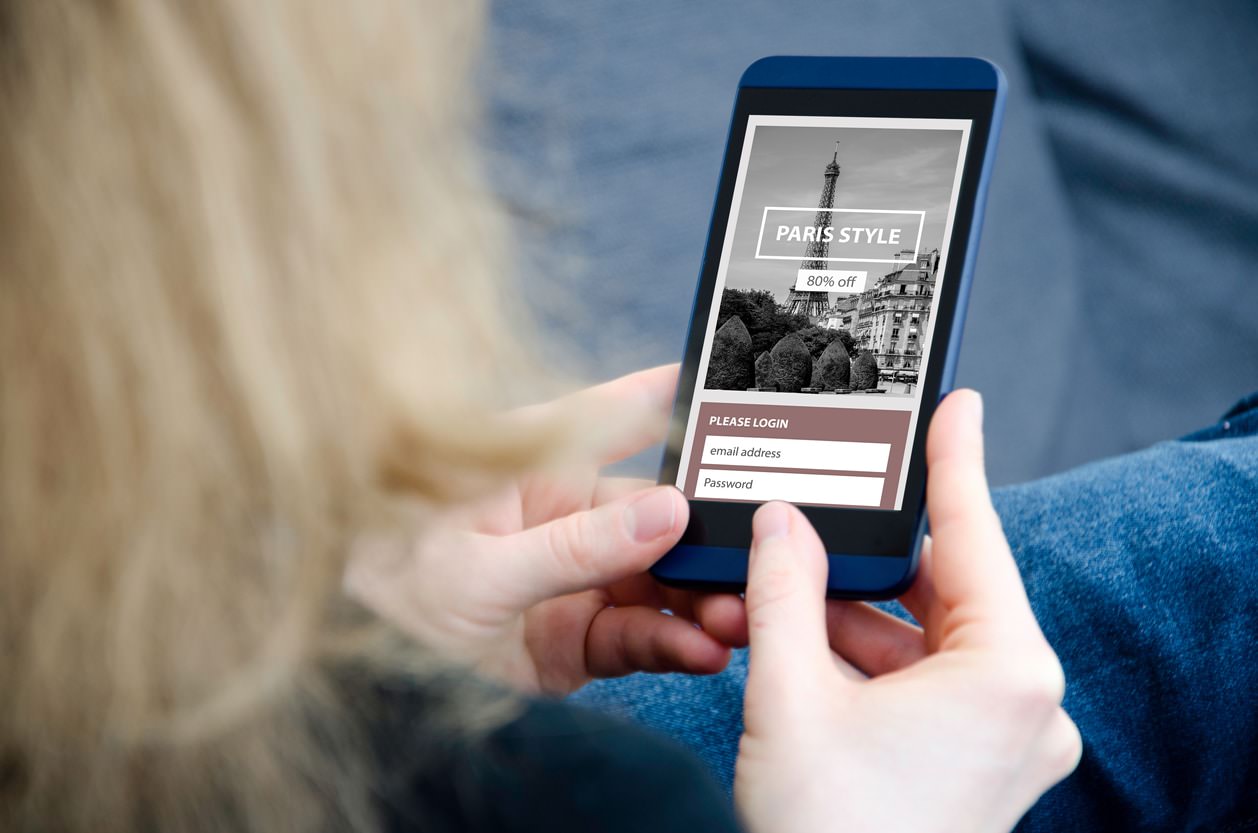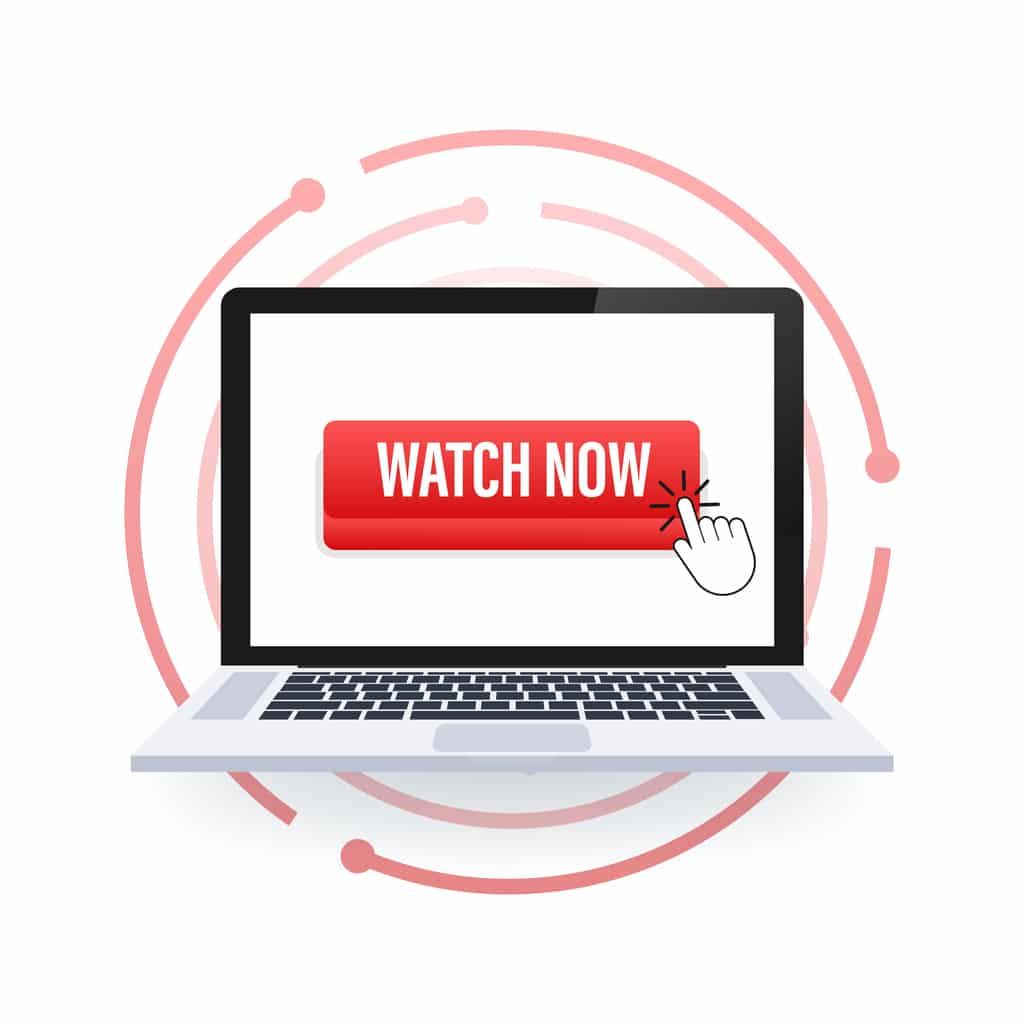It’s impossible to stress this fact enough – your website is the foundation of your marketing strategy. As a result, it’s also one of your most critical revenue generating tools. An effective website builds your brand, establishes your business as a trusted industry thought leader, drives leads, and helps you boost sales. Conversely, an ineffective website will make it much more challenging to grow your business.
There are a variety of common website mistakes that significantly hurt your conversion rates and sales. These errors can be costing your business a lot of money. Below is a list of common website mistakes to be aware of.
Your Site Speed Is too Slow

According to a joint study by Google and Bing, a website load speed that is 2 seconds slower than average results in:
- 8% reduction in user satisfaction
- 3% lost revenue per user
- 4% reduction in clicks
These losses are compounded by the fact that Google uses website speed as a primary factor in their ranking algorithms. Therefore, a slow website will make it much more difficult to get found by your audience when they’re searching for your products and services.
This can be devastating to your business. A slow website will cost you sales in multiple ways – it will drive frustrated and impatient users to your competitors when they don’t want to wait for your website to load, and it will significantly reduce your website traffic, making it harder to reach your target audience in the first place.
You Don’t Have a Clear Message or Call to Action Above the Fold
It only takes 0.05 seconds for users to develop their first impression of your website. This means you have precious little time to capture your audience’s attention before they exit your website to keep searching for the information they need. Therefore, the images and text people see above the fold is often critical to your ability to capture their attention and get them to take action.
“Above the fold” refers to the portion of the web page that is visible without scrolling down. It’s the area of the page your audience will see when they first come to your website.
When people visit your website, they expect to find the information they’re looking for right away. If your web page doesn’t offer them what they need, they’ll leave. Therefore, it’s important to include clear, compelling messaging that is relevant to the user’s needs above the fold. This will significantly increase the chances they will remain on your website, scroll further down the page to learn more, and explore other pages on your website.
The longer your audience remains on your website and the more engaged they are with your content, the more likely you are to convert them into a lead. This starts with providing compelling information and clear messaging at the top of your web pages to ensure your audience decides to stay and learn more.
You can increase your conversion rate even more by combining this clear, compelling and relevant above the fold messaging with a call to action (CTA) in this area of the page. Keep in mind that most people who have just arrived on your website for the first time won’t be ready to become a customer right away. Therefore, any call to action above the fold should be a transitional CTA.
A transitional CTA provides your audience with additional useful information in exchange for their email address, allowing you to cultivate a deeper relationship with them over time with your email marketing efforts. A good example of an above the fold CTA would be an invitation to download a free PDF, eBook, or other content that will provide value to them. Just make sure the content you’re providing is relevant to the subject matter of the page. Otherwise, your audience will be less likely to click on your transitional CTA and continue their journey down your marketing funnel.
Your Website Isn’t Optimized for Mobile Viewing

The best way to ensure your website looks good and provides a great experience on all devices is to implement a responsive design. Responsive design automatically adjusts the appearance of your website based on the screen size and orientation of the device being used. This will eliminate the risk of losing a large percentage of your website traffic simply due to a bad visual experience.
You Don’t Leverage Variations in Color to Create a Visual Hierarchy
You’ll be hard pressed to find studies demonstrating a consensus regarding which colors generate the most conversions. What’s more important than the specific colors you use is how you use them. You can significantly increase conversions by using color variations strategically in order to make your CTAs stand out.
There is a cognitive psychology theory called the Von Restorff effect (also known as the isolation effect). This theory states that the more an item stands out from its surroundings, the more likely it is to be seen. According to this theory, using your primary website colors on your CTA buttons will reduce conversions because these buttons are more likely to get lost in the background of the page. On the other hand, using an entirely different color for your CTAs will help them stand out and improve your conversion rate.
There is extensive A/B testing to support this theory. One of the most famous examples comes from a Hubspot test where they were able to increase conversions by 21% simply by changing the color of the CTA button from green, which blended in with the website’s colors, to red, which stood out in stark contrast from the greens used on the rest of the page.
Your Website Navigation Menu Is Confusing or Hard to Use

To avoid this issue, make sure to adhere to the following navigation menu best practices:
- Keep your navigation menu in a conventional location – It should either be at the top of the page or on the left side of the page.
- Don’t include too many top navigation menu items – Having more than 4-5 items in your top navigation menu can overwhelm your audience.
- Use dropdown menus judiciously – Providing additional pages in dropdown menus off of your top navigation items is an effective way to help users move around your website, but don’t overdo it. Stick to one level of dropdown items, and focus on the next tier of pages based on your website’s information architecture.
- Make your navigation menu items clear – Your audience should be able to easily identify where each item in the menu will take them. The same is true of internal links in the body of your content.
- Optimize your navigation for mobile users – Your navigation menu must work properly on mobile devices, otherwise these users are likely to leave your website.
You Fail to Break Up Content on Long Pages
Long web pages are effective for a variety of reasons. They provide comprehensive information on a subject, which helps to establish your business as an authoritative source and an industry expert. This builds trust with your audience and increases the chances they’ll come to you for additional information in the future. The more often users visit your website, the more likely they are to eventually become a lead.
In addition, Google’s recent algorithm updates have placed an increasing value on quality content, especially longer, more comprehensive content. The reason for this is that in Google’s eyes, a web page that provides a reader with all the information they need delivers a better experience than a page which only contains some of this information and requires the reader to keep searching for the rest. Therefore, creating comprehensive, long form content that provides your audience with all the information they need will typically improve your search rankings, making it easier for people to find your website.
However, you can negate the benefits of these long pages by failing to structure your content properly. Most readers scan a web page rather than reading every word. Therefore, they are more likely to stay on a long page and read through all the content if it’s broken up in a way that makes it easy to scan.
To achieve this, avoid long blocks of text. Instead, make sure your pages are easily scannable by using the following techniques to break up the content into easily digestible chunks:
- Include relevant subheads
- Vary the length of your paragraphs and avoiding using consecutive paragraphs that are very long
- Use bullet lists whenever possible
- Include relevant, engaging images to break up the text
You Don’t Include Clear Calls to Action

Without a clear call to action on the page, your audience won’t know what you want them to do. Therefore, having a clear and compelling call to action on all of your highly visited pages is critical to your ability to drive leads and increase sales.
Keep in mind that not every call to action has to directly ask your audience to make a purchase or schedule a consultation. Your website visitors will all be at varying stages of the buyer’s journey. While some people may be ready to make a decision right now, others may still be in the research phase of their process. Therefore, it’s important to include a variety of CTAs which target people at every stage of the buyer’s journey.
Some examples of transitional CTAs geared towards individuals who aren’t ready to become a customer include:
- Sign up for our newsletter
- Download our eBook
- Join our community
- Sign up for a free trial
- Sign up for our webinar
As we discussed earlier, these transitional CTAs are important because they allow you to capture the user’s contact information and begin building a relationship with them through your email marketing campaigns.
Webolutions Can Help You Generate More Revenue with Your Website

As Denver’s leading web design company since 1994, Webolutions has the experience to create a website that delivers superior performance and maximizes your ROI. Our exclusive Websites Right Methodology™ has been developed over 28 years and leverages the knowledge acquired from building thousands of custom websites for businesses in a multitude of industries. This distinctive, fully integrated, strategic approach to website design and development ensures an exceptional client experience while providing website marketing performance that far exceeds industry standards.
Our Websites Right Methodology™ creates a truly collaborative process to ensure we’re aligned with your team’s goals every step of the way. It provides a comprehensive framework that guarantees every aspect of your website is completed according to best practices and addresses the specific needs of your business. We achieve this by:
- Scheduling a series of discovery sessions with your team to establish your website goals, ensuring the design process is completed with these goals in mind
- Outlining the key elements to be used on your home page, optimizing our ability to convey your brand messaging, define your story and help your audience find the areas of your website that will deliver the valuable information they’re seeking
- Creating detailed website mockups to ensure the design aligns with your expectations prior to building the website
- Detailing all functional requirements necessary to deliver the best user experience for your target audience and increase your ability to convert leads
- Implementing custom programming and development to create the advanced functionality you need in a manner that ensures optimal website performance
- Implementing a tactical content strategy that communicates your story, establishes your business as a trusted industry thought leader and connects with your audience
- Utilizing proven SEO best practices that will achieve the best possible search engine rankings
- Conducting thorough website testing prior to launch to ensure your website works properly and delivers the best possible experience on all devices and browsers
- Providing real time performance intelligence dashboards that make it easy for you to see how well your website is achieving your goals and that allow us to provide recommendations for adjustments that will help improve results over time
Contact us to schedule a free website development consultation. Webolutions serves clients nationwide from our offices in Denver, Colorado.
